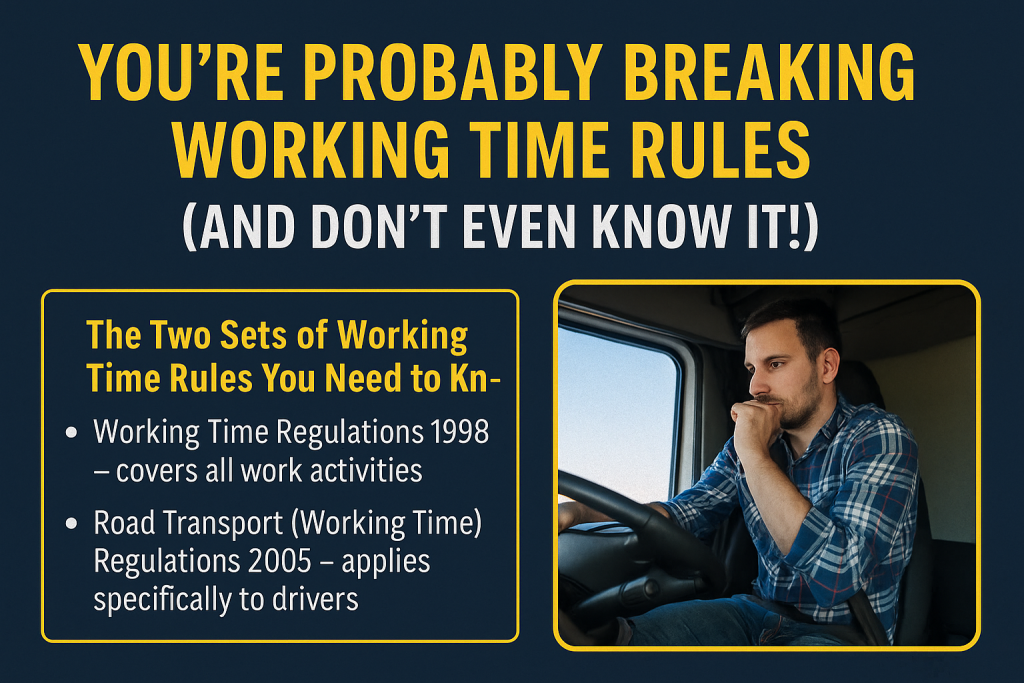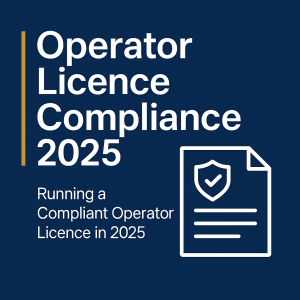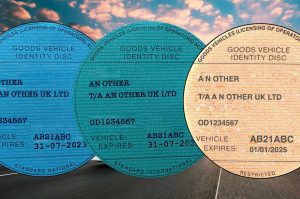
Rule H2 & VRUs: What Every HGV and PCV Driver Must Know About the New Highway Code Responsibilities
Rule H2 and the Hierarchy of Road Users – What Professional HGV & PCV Drivers Must Know Last updated: 11 November 2025 The Highway
If you’re a driver or run a transport operation in the UK, you’ve probably heard about “working time rules” — but many don’t know exactly which ones apply or how they work. This guide explains everything UK drivers and commercial vehicle operators need to know about the Working Time Regulations 1998, Road Transport (Working Time) Regulations 2005, assimilated drivers’ hours rules, and AETR rules. Stay compliant, avoid fines, meet legal obligations, and keep your transport business running safely and efficiently with this essential working time rules guide.
Here’s where a lot of confusion comes in: there are actually two different sets of working time rules, but for years, people in the transport industry casually called them both the “Working Time Directive,” which caused a lot of misunderstanding.
✅ Working Time Regulations 1998 (WTR) — Applies broadly across industries, setting general rules about working hours, rest periods, and annual leave for most UK workers, including some in the transport sector (but not mobile workers under transport-specific rules).
✅ Road Transport (Working Time) Regulations 2005 (RTWTR) — Specifically applies to mobile workers like drivers and crew in the road transport sector, setting limits on total working time (not just driving), break requirements, and night work limits.
Key difference? WTR is general employment law; RTWTR is a transport-specific framework adapting those rules for road transport. Importantly, there is no opt-out available under the RTWTR — the last opt-out closed in 2012. This means that any driver operating a vehicle in scope of the assimilated drivers’ hours rules or AETR is automatically covered by the RTWTR, regardless of their type of employment — whether full-time, part-time, agency, or self-employed.
Understanding both frameworks is crucial because drivers and operators often wrongly assume following one set of rules means they’re fully covered.
Here’s a simplified checklist for drivers and operators:
Ignoring working time rules can:
Here’s your ultimate quick-reference sheet.
✅ Know the rules: WTR, RTWTR, assimilated drivers’ hours, AETR — know which applies when.
✅ Remember no opt-out: RTWTR applies to all drivers, regardless of employment type.
✅ Record everything: Use tachographs, timesheets, and approved employer systems.
✅ Plan ahead: Schedule the required breaks, both working time and driving time.
✅ Check your records: You have the right to request your working time records from your employer.
✅ Report other jobs: Always tell your main employer about hours worked elsewhere.
✅ Operators: Monitor staff compliance over the 17- or 26-week reference period, and create legal, realistic schedules.
If you’re unsure which rules apply:
Need more help? Transcom National Training Drivers legal Requirement’s International CPC / Tachographs and fixed Penalty’s National CPC


Rule H2 and the Hierarchy of Road Users – What Professional HGV & PCV Drivers Must Know Last updated: 11 November 2025 The Highway

End of “Acquired Rights” for Light Goods Vehicle Transport Managers – Enforcement Update (2025) From 20 May 2025, “Acquired Rights” are no longer accepted to

Running a Compliant Operator’s Licence (2025) Operator’s Licence compliance guide for 2025. Practical, up-to-date steps to keep your O-licence compliant: maintenance & brake

Operator Licence – Application Guide How to Apply for an Operator Licence (2025 Step-by-Step) What licence you need, the exact fees for Great Britain and

What the Law, DVSA and HSE Expect from Professional Drivers Understanding the legal, safety and employer responsibilities for professional HGV and PSV drivers in the

When the Traffic Commissioner calls the daily walkaround check “a legal duty and a safety priority”, drivers should take note. Skipping or rushing this simple
|
Uploaded
Failed
|
 |